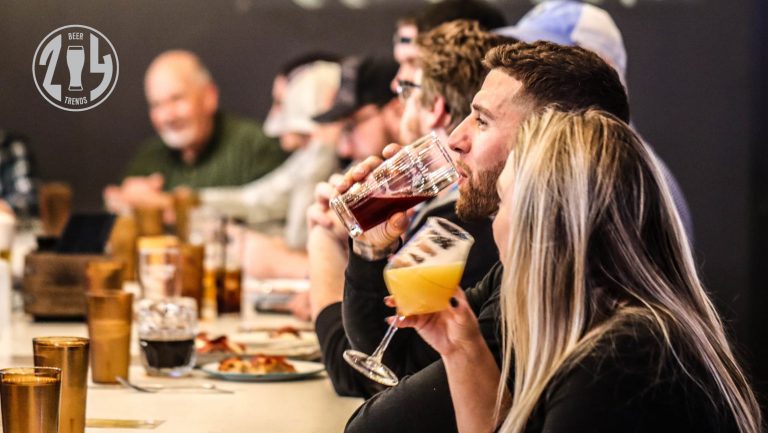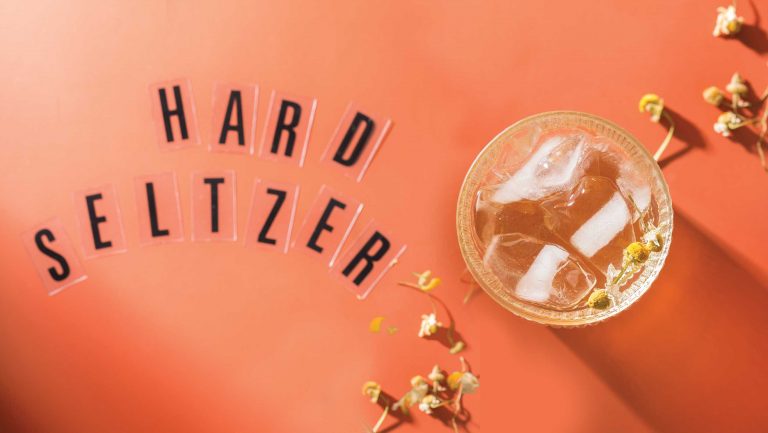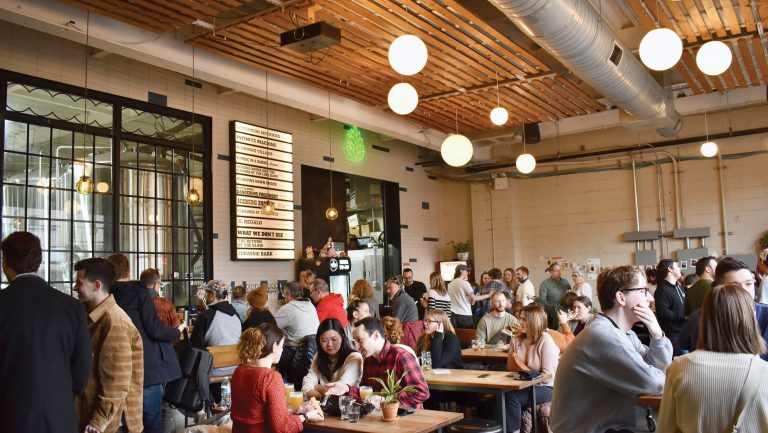The brewing industry endured another bruising year of business, and even the big players were not immune. Bud Light caught itself in the culture wars, and declining sales helped Modelo Especial grab the off-premise sales crown.
Craft breweries experienced close to zero growth in 2022, while sales declined two percent in the first half of 2023, according to the Brewers Association. The drumbeat of brewery closures bangs weekly, symptomatic of “a mature and competitive marketplace,” says Bart Watson, the chief economist for the Brewers Association.
Craft beer is no longer novel, but “this doesn’t mean the industry is in decline or going away,” says Trevor Nearburg, the founder of Beerburg Brewing in Austin, Texas. “It just means that we, as brewers, must get much more refined in our approach.”

Don’t miss the latest drinks industry news and insights. Sign up for our award-winning newsletters and get insider intel, resources, and trends delivered to your inbox every week.
To survive and thrive, breweries will focus on easygoing lagers with mass appeal, offer crowd-pleasing pizza and burgers at taprooms, and explore producing wine, spirits, and THC beverages—now legally stocked at Total Wine in Minnesota and specialty shops such as Craft Beer Cellar in Belmont, Massachusetts.
“In 2024, craft will have to do what craft does best: adapt,” says Dennis Stack, the sales and marketing director at Lone Tree Brewing in Lone Tree, Colorado, which makes the Ufloric sparkling water with hops and hemp oil.
As the brewing industry navigates another 12 months of spirited competition and capricious consumer behavior, these six trends will resonate throughout 2024.
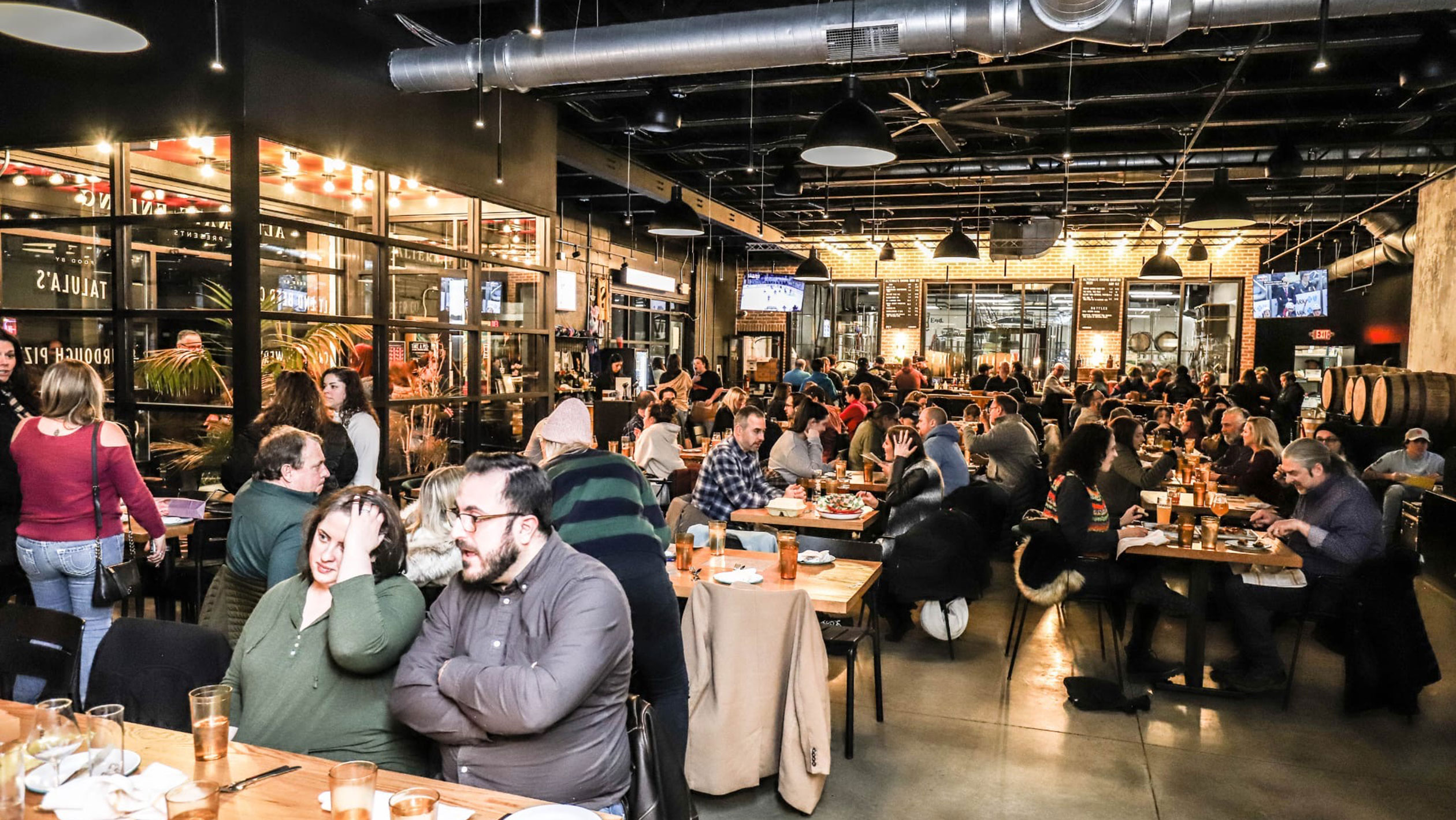
1. Taprooms Put a Premium on Service and Hospitality
Smiling service hasn’t historically been taprooms’ strength. Why bother? In the late 2010s, customers queued for four-packs and pints no matter a bartender’s attitude.
As taprooms evolve into full-service bars and restaurants, brewery owners will dial in service.
“People are looking for good beer and a good experience,” says Jason Bell, the founder of Living the Dream Brewing in Littleton, Colorado.
With interest rates stubbornly high, investing in internal operations is a low-cost tactic to boost a taproom’s appeal. Alvarado Street Brewery, which has three California locations in Monterey, Salinas, and Carmel-by-the-Sea, is delaying big-ticket projects and looking to improve its worker experience and tighten service standards, says J.C. Hill, the founder and brewer.
Alternate Ending Beer Co. in Aberdeen, New Jersey, caters to every possible customer, offering gluten-free and vegetarian dining options, cocktails and non-alcoholic drinks, and a menu that kids can color.
“We have increased our emphasis on the customer experience, using the Danny Meyer approach to hospitality in our casual setting,” says founder Scott Novick.
Even if the beer is excellent, subpar service can leave a bad taste in customers’ mouths. “The consumer experience in our taproom has to be best in class,” says Anthony Martuscello, the founder and president of WestFax Brewing in Lakewood, Colorado. “Just like you want consumers to drink more than one pint, you want them to continue to come back.”

2. Breweries Get More Creative With Festivals and Events
Enticing drinkers to abandon couches for beer festivals remains difficult. “Festivals and industry events haven’t fully recovered in this post-COVID world,” says Rob Lutz, the brewmaster and a cofounder of StormBreaker Brewing in Portland, Oregon. “Breweries and event organizers need to be more creative.”
In 2023, StormBreaker rebooted its Brewstillery Fest, pairing local distillers and brewers to curate a spirit-and-beer pairing. The Snallygaster Festival in Washington, D.C., combines rare beers with wine, cocktails, and live music, while Barrel & Flow Fest in Pittsburgh, Pennsylvania, centers Black brewers alongside musicians, artists, and nonprofits.
“I see continued upside in this area, especially for those breweries who give a great experience,” says Brady Barlow, the cofounder of West Sixth Brewing in Lexington, Kentucky. It runs an annual IPA festival at its Louisville, Frankfort, and Lexington locations, part of a style-driven approach gathering steam.
In particular, expect more celebrations focused on lagers, a growing interest for breweries. Bagby Beer in Oceanside, California, runs the Low & Slow celebration, while Buoy Beer in Astoria, Oregon, produces the Lager Fest. And this June, lager-focused Notch Brewing in Salem, Massachusetts, will debut the Forever Lager music and beer festival.
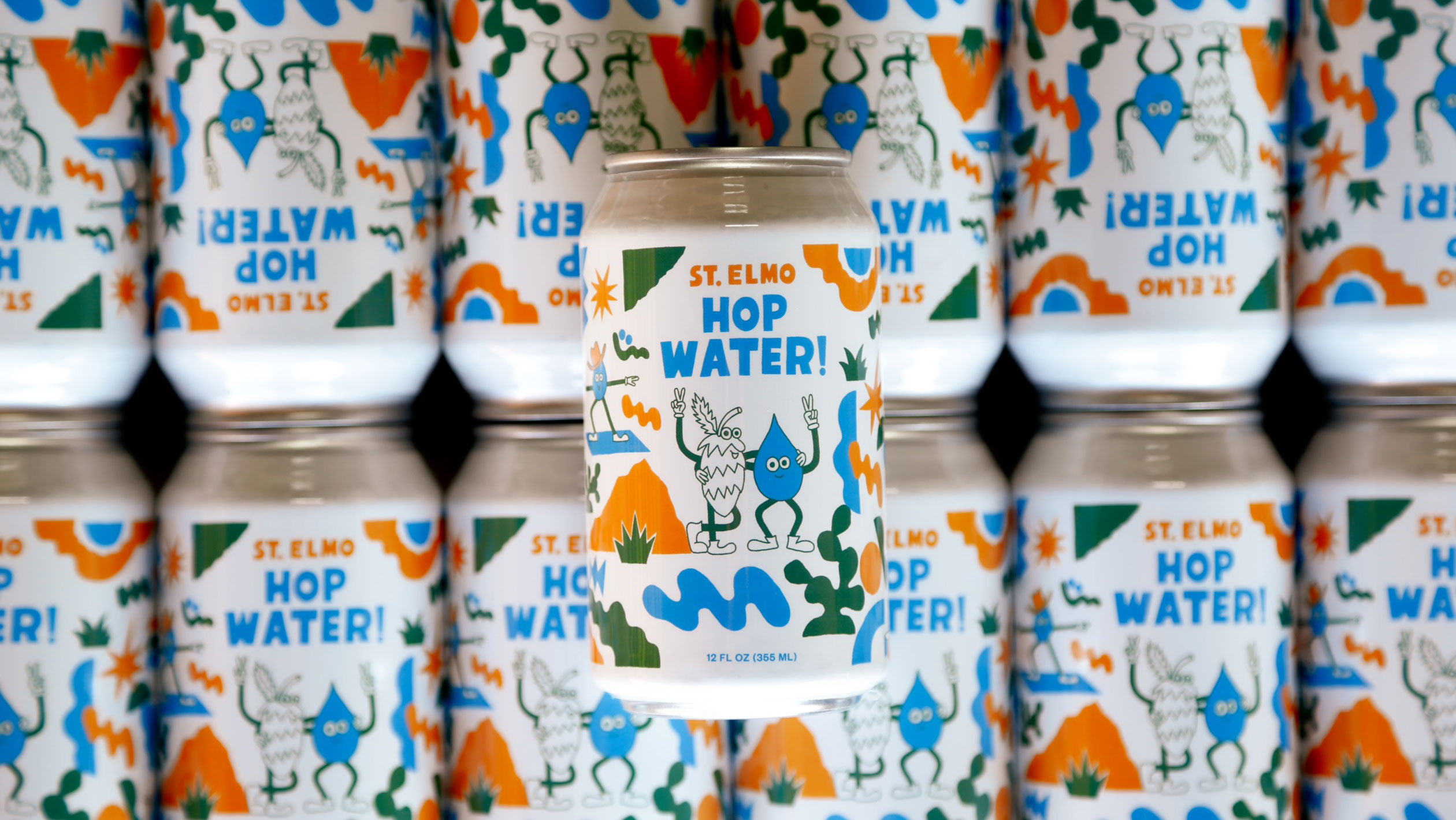
3. More Brewers Pursue Non-Alcoholic and Mindful-Drinking Options
As the non-alcoholic category expands, companies will leverage brand equity to roll out non-alcoholic versions of popular beers and hard seltzer.
December welcomed White Claw 0% Alcohol, while Karl Strauss will release a non-alcoholic version of its stalwart Red Trolley Ale in its pubs during Dry January. Nationally, consumers will find non-alcoholic Blue Moon, the Belgian-style witbier from Molson Coors Beverage Company.
“Not every occasion calls for a beer,” says Lesley Albright, the vice president of marketing for
Sierra Nevada Brewing in Chico, California, and Mills River, North Carolina. The company is launching the non-alcoholic Trail Pass line, including an IPA and a golden ale, and adding Hop Splash Citrus, a non-alcoholic hop water.
Hop waters will find occasions outside beer-drinking hours. “Drinking multiple non-alcoholic beers in the morning seems strange,” says Bryan Winslow, the owner of St. Elmo Brewing in Austin, Texas, which makes a hop water. “But drinking sparkling water that tastes herbal and citrusy sounds nice.”
Hop-infused beverages help secure new drinking occasions and shelf placements. Last year, Brooklyn Brewery took a stake in Hoplark, the maker of non-alcoholic hopped teas and sparkling water. “It’s a great way to follow consumers into areas where beer doesn’t normally go while still working with beer ingredients,” says Eric Ottaway, the CEO of Brooklyn Brewery.
Mindful drinking can extend to serving size. Westbound & Down Brewing in Lafayette, Colorado, now packages barrel-aged beers in eight-ounce cans. “Less is more,” says head brewer and managing partner Jake Gardner. The smaller format “fits into the new era of drinking.”
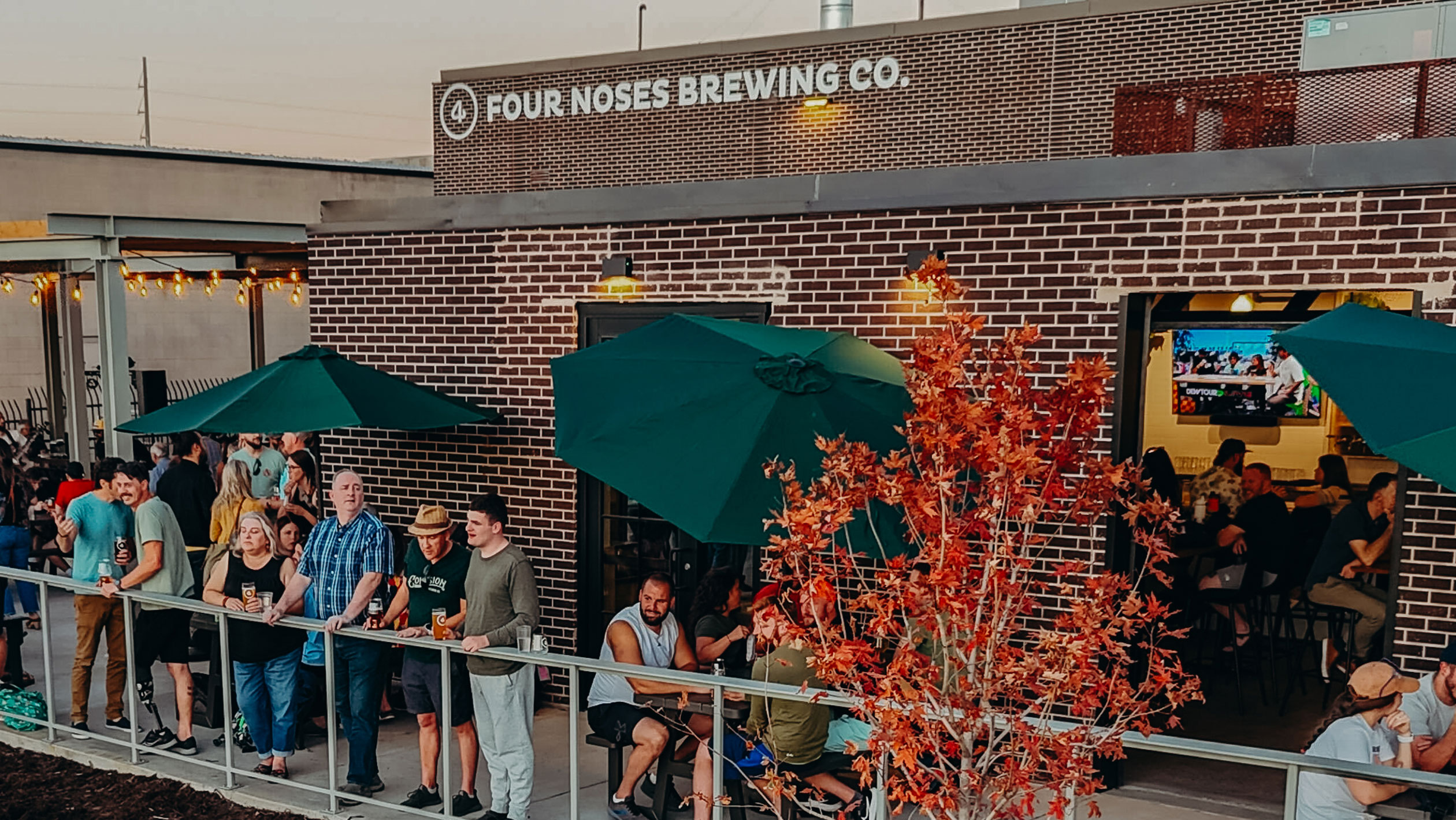
4. Beverage Companies Ditch Carbonation to Attract Customers
Craft beer is no longer the new kid, and many early boosters are reaching middle age.
“With a younger generation steering away from a ‘traditional buzz,’ it is getting difficult to keep throwing the same beers at the same people,” says Dustin Ramey, the director of marketing at 4 Noses Brewing in Broomfield, Colorado.
Molson Coors is keying on bloating carbonation as a tension point for of-age Generation Z consumers. “We think a large group of consumers will be entering their ‘bubble-free’ era in 2024,” says Jamie Rotnicki, the vice president of innovation for Molson Coors.
This March, the company will release the Happy Thursday “spiked still refresher” in bold flavors like pineapple starfruit. Happy Thursday will join Funny Water, a low-ABV line of flavored alcoholic waters, and NOCA’s uncarbonated boozy waters and hard iced tea.
Hard tea’s allure of big flavors and no bubbles is borne out in the continued growth of Boston Beer Company’s Twisted Tea brand, which dominates the category. Craft breweries will tee up uncarbonated hard teas tailored for their core markets. Last spring, Great Lakes Brewing in Cleveland, Ohio, debuted the low-sugar SunSail Hard Teas, and Cinderlands Beer Company in Pittsburgh released Cindi’s Hard Mountain Tea.
“We’ve broken into a lot of really high-volume college bars with Cindi’s,” says Paul Schneider, the head brewer and a partner in Cinderlands Beer Company.
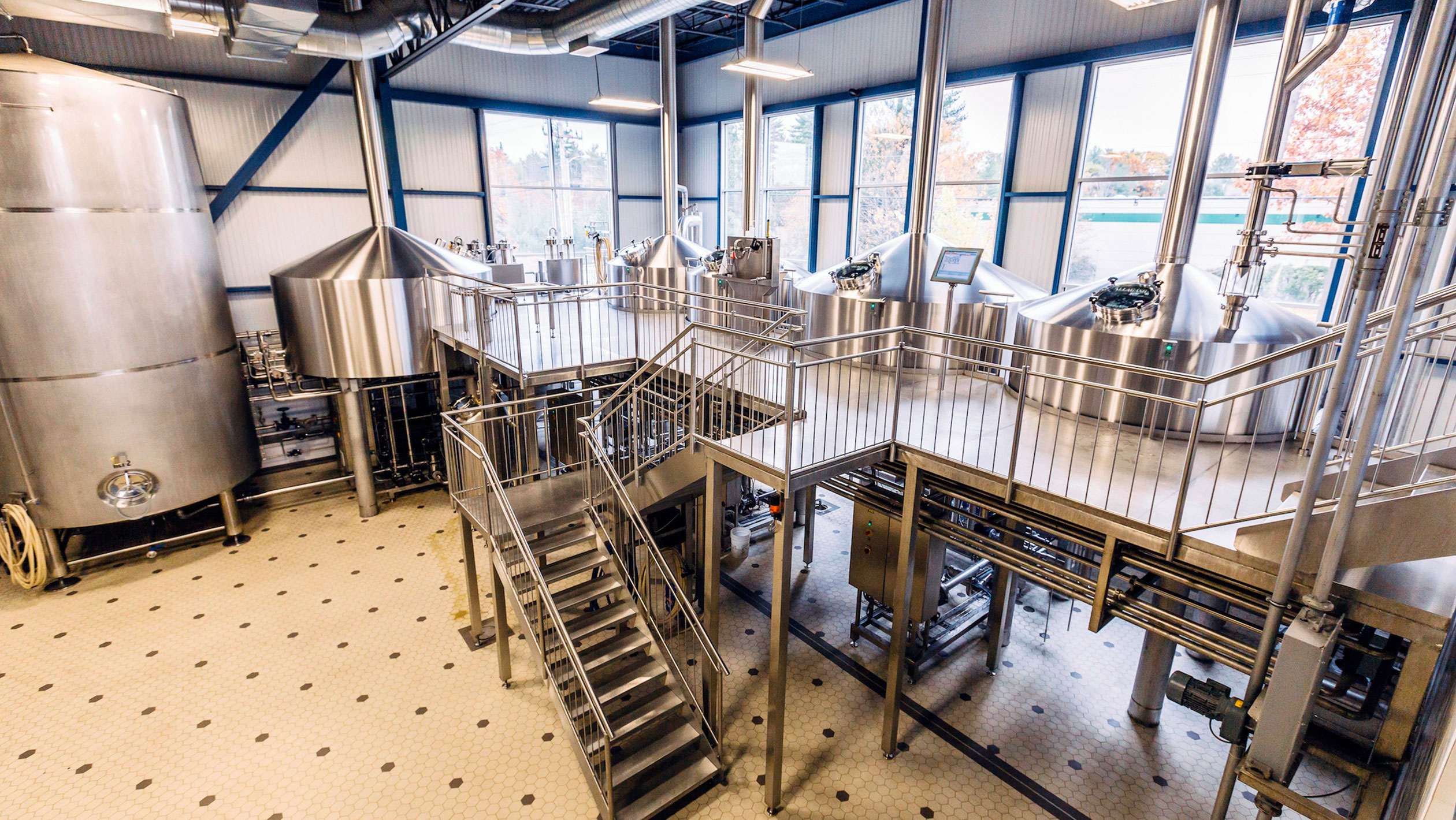
5. Breweries Will Consolidate to Share Resources and Survive
Even five years ago, becoming a national brand felt inevitable for fast-growing regional breweries. Increased costs and competition, plus changing consumer tastes, have placed midsize breweries in an unenviable position.
“Breweries that don’t have the required scale to achieve massive national distribution, but aren’t small enough to be hyperlocal, will feel the squeeze,” says consultant Chris McClellan, the founder of Resin and the Draught Shop.
Market pressures will lead to consolidations and alliances to cut costs and fill excess capacity. Last spring, brand house Wings & Arrow merged with Ninkasi Brewing of Eugene, Oregon, to form Great Frontier Holdings; in November, Great Frontier purchased decade-old Ecliptic Brewing in Portland, Oregon, moving production to Ninkasi.
“The sale will allow me to pay back our debts and align the brand with a bigger entity to allow it to continue,” Ecliptic founder John Harris said in a statement.
Also in November, Smuttynose owner Finestkind Brewing acquired Brooklyn’s Five Boroughs Brewing and will move production to its Hampton, New Hampshire, facility. The same month, Dry Dock Brewing announced it was shuttering its Aurora, Colorado, production facility and relocating most of its production to Great Divide Brewing in Denver.
“We both were operating facilities which were not fully utilized,” said Great Divide founder Brian Dunn.

6. Brand Values Become a Big Selling Point
During craft brewing’s 2010s boom, making great beer was a market differentiator. Now that terrific beer is table stakes, breweries will distinguish themselves through brand values.
Recently bought by Tilray Brands, 10 Barrel Brewing in Bend, Oregon, champions a fun-loving outdoor lifestyle. “New consumers view brands as an extension of their personalities and connect with these brands on a much deeper level,” says director of brand marketing Brian Hughes.
A brewery’s values can become a potent selling point. “Consumers are looking past the product itself and more at the company they’re buying from,” says Rob Tod, the founder of Allagash Brewing in Portland, Maine. The brewery is doubling down on its Certified B Corporation status by using more Maine-grown grains and strengthening nonprofit partnerships and community giving.
“Many breweries are deeply connected to their communities, and this is where they can shine over multinational conglomerates,” says Melissa Walter, the cofounder of Love City Brewing in Philadelphia.
Diverse breweries will also use beer to connect with overlooked communites. Rupee Beer in Boston makes Basmati Rice Lager for Indian-American consumers seeking beers that “resonate with their identity,” says cofounder Van Sharma.
Lucky Envelope, a Chinese-American brewery in Seattle, makes beers with Asian ingredients like pandan leaves and hosts an annual Lunar New Year celebration. “There will be a more concerted push to appeal to a diverse, atypical beer drinker,” says Barry Chan, the cofounder and head brewer.
The last half-decade has seen breweries toss everything on tap, stoking interest through experimentation. The dizzying pace is unsustainable; there’s always another new beer, hard tea, or hop water awaiting. “The future of beer relies on building real currency with the consumer,” says Mike Contreras, the director of operations for 2SP Brewing in Aston, Pennsylvania.

Dispatch
Sign up for our award-winning newsletter
Don’t miss the latest drinks industry news and insights—delivered to your inbox every week.
Contributing editor Joshua M. Bernstein is a beer, spirits, food, and travel journalist, as well as an occasional tour guide, event producer, and industry consultant. He writes for the New York Times, Men’s Journal, New York magazine, Wine Enthusiast, and Imbibe, where he’s a contributing editor in charge of beer coverage. Bernstein is also the author of five books: Brewed Awakening, The Complete Beer Course, Complete IPA, Homebrew World, and Drink Better Beer.

